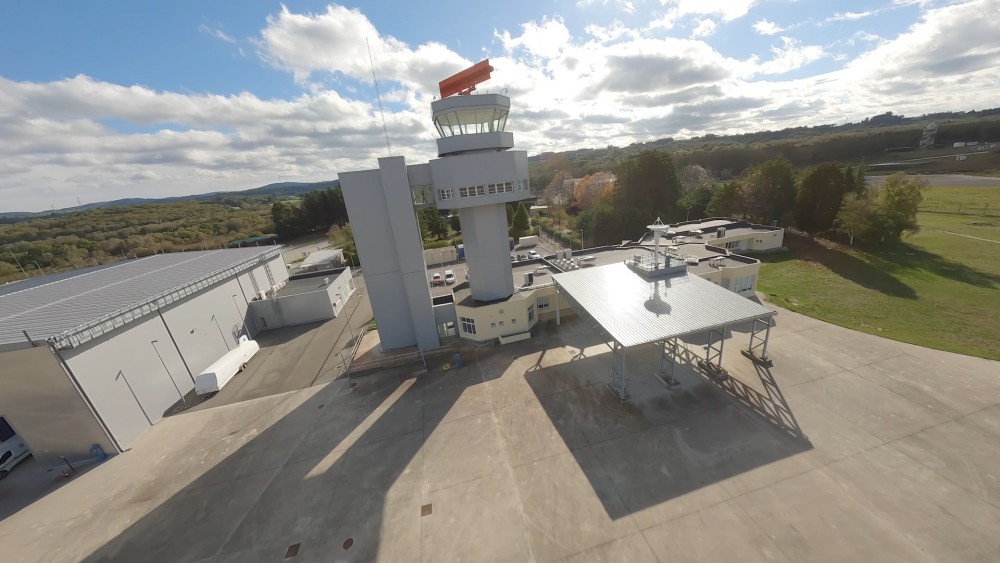GMV will be equipping the CIAR with a cybersecurity system for satellite positioning and communications

The Rozas Airborne Research Center (CIAR) is the central infrastructure for the Galician regional government’s Civil UAVs Initiative, which is being used to advance technologies for civilian use of unmanned aerial vehicles (UAVs). A variety of projects have already been carried out as part of this initiative, to give the CIAR the tools it needs to create an innovation hub for UAV technologies.
GMV and the Galician Innovation Agency (GAIN), which is part of Galicia’s regional government (Xunta de Galicia), recently signed an agreement to develop a cybersecurity system capable of detecting radiofrequency interference in the area surrounding the Rozas aerodrome. The purpose of this system is to protect the satellite communication and positioning systems relied upon by UAVs, so that they can be operated continuously in the area around the CIAR with the required level of security.
To do this, the system will monitor the global navigation satellite system (GNSS) positioning signals sent by the satellites, as well as the signals used for communication links between the control stations and UAVs.Satellite positioning is essential for UAVs, because it allows these aircraft to determine their position accurately throughout their entire flight. Because these systems and the GNSS services provided by satellites have such high availability, UAVs can make use of advanced features such as autonomous flight. The new cybersecurity system, which will be developed by GMV together with the Galician company CENTUM research & technology T, will be used to protect the CIAR, as well as the GNSS signals used by UAVs, against any intentional or unintentional jamming or spoofing. Jamming attacks interfere with the original satellite positioning signals, so that UAVs are unable to make use of them. On the other hand, with the type of attacks known as spoofing, an attempt is made to replace the authentic signal, to confuse a UAV’s navigation system, or even take control of the aircraft’s positioning.
The system being developed in this project led by GMV will also include a cybersecurity solution to protect the frequency bands used for communicating with UAVs. This is essential to prevent any loss of control that could be caused by attacks on the communication link between an unmanned vehicle and its corresponding ground control station, or the controls being used by a UAV’s pilot.
This cybersecurity system will consist of a network of ground stations and a sensor installed on board the UAVs. The ground stations will continuously monitor the appropriate radiofrequency bands, while the UAV’s onboard sensor will be used for geolocation of any interference sources coming from areas not covered by those ground stations. It is expected that the solution proposed by GMV and CENTUM research & technology will be delivered to the CIAR in mid 2024.